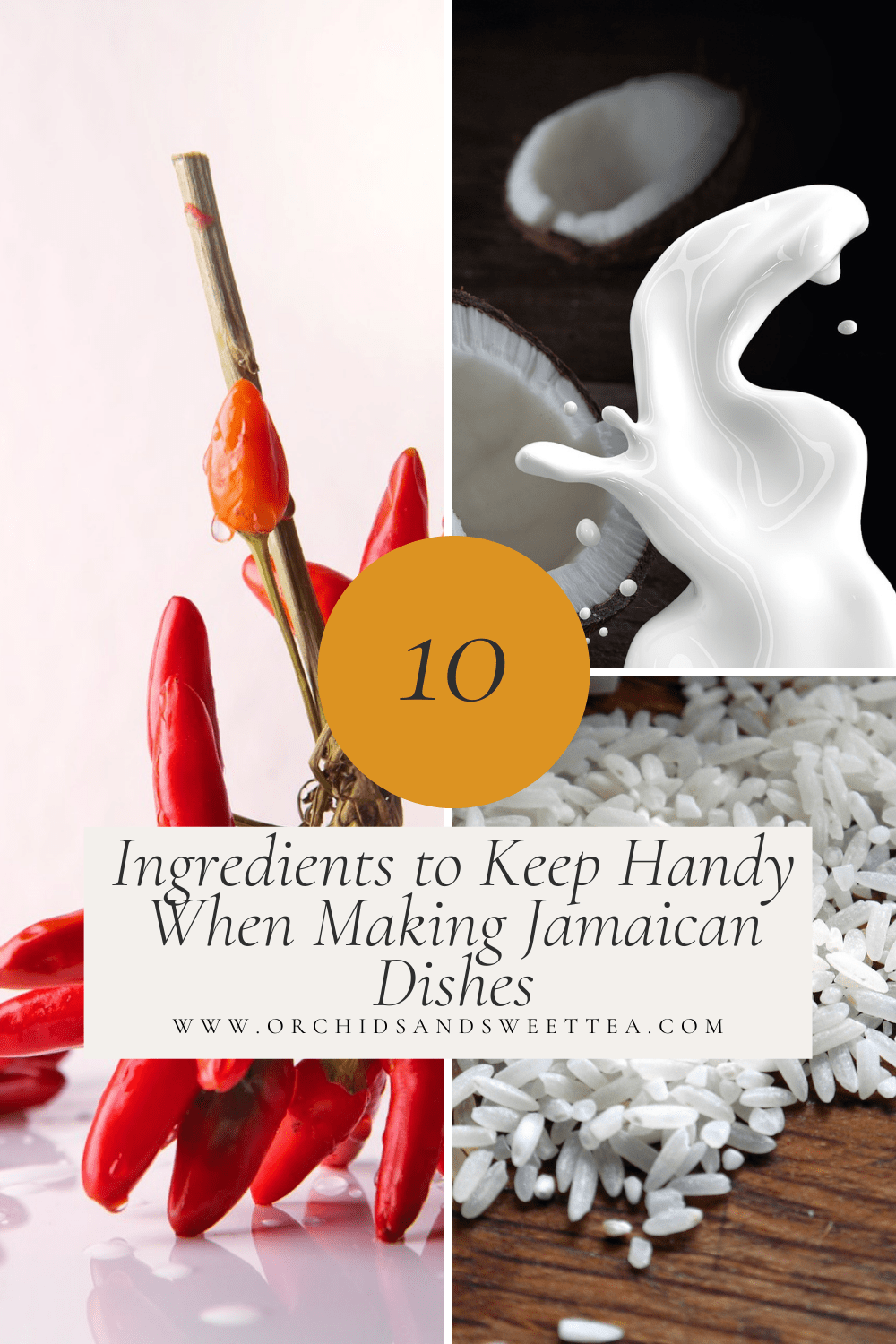
10 Ingredients to Keep Handy When Making Jamaican Dishes
10 Ingredients to Keep Handy When Making Jamaican Dishes
10 Ingredients to Keep Handy When Making Jamaican Dishes-----It’s no secret that one of my favorite cuisines to cook is Jamaican food! Growing up Jamaican food was the primary food in our house and learning to cook traditional Jamaican dishes was just part of everyday life.
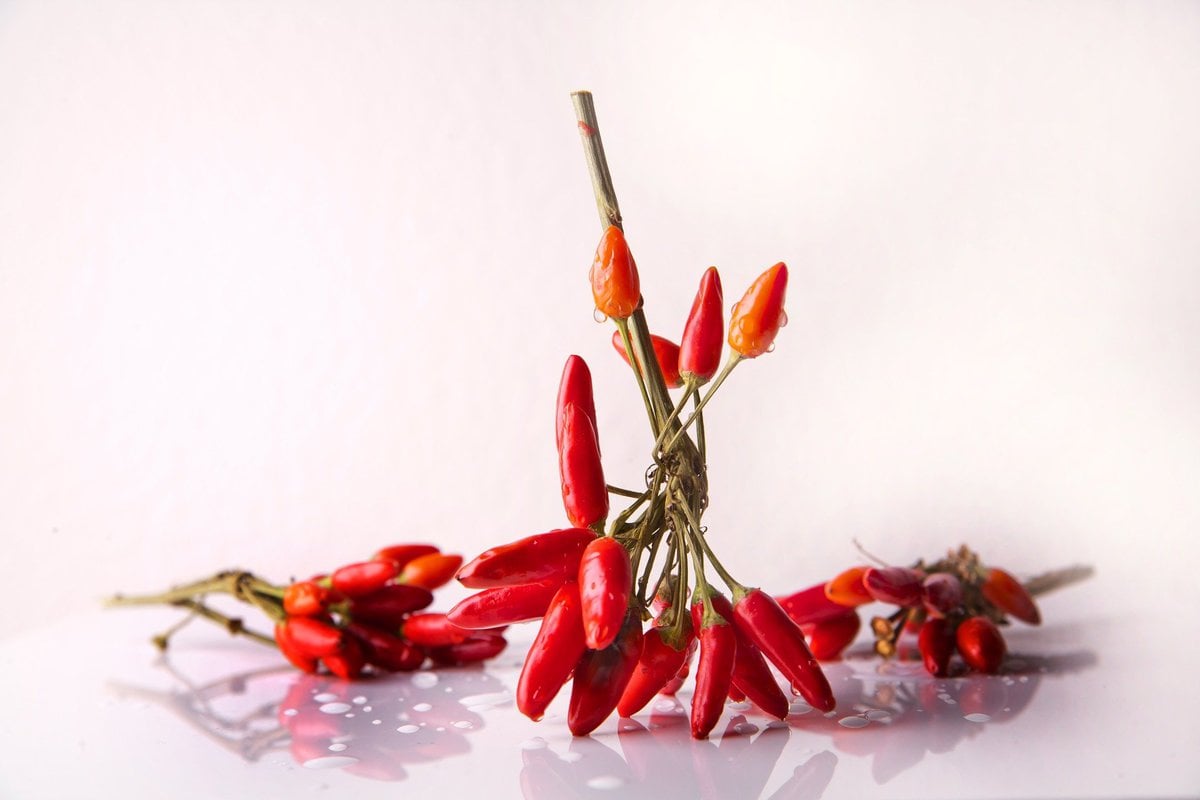
Now that I am eating a diet of dairy and gluten-free dishes, my love for Jamaican food has shifted to accommodate my body’s new normal. Make sure you keep reading on for some of my top Jamaican recipes for you to try at home!
How Do You Describe Jamaican Cooking?
Jamaican cuisine, similar to other Caribbean foods, is an eclectic mix of colonial and native culinary traditions. From street food to home cooking, Jamaican food is full of bold flavors and amazing dishes.
We even have a specifically Jamaican vegan diet called “ital” which is courtesy of the Rastafari Movement. While some popular dishes have broken through North American culture, think jerk chicken, Jamaican cuisine still flies relatively under-the-radar in North America.
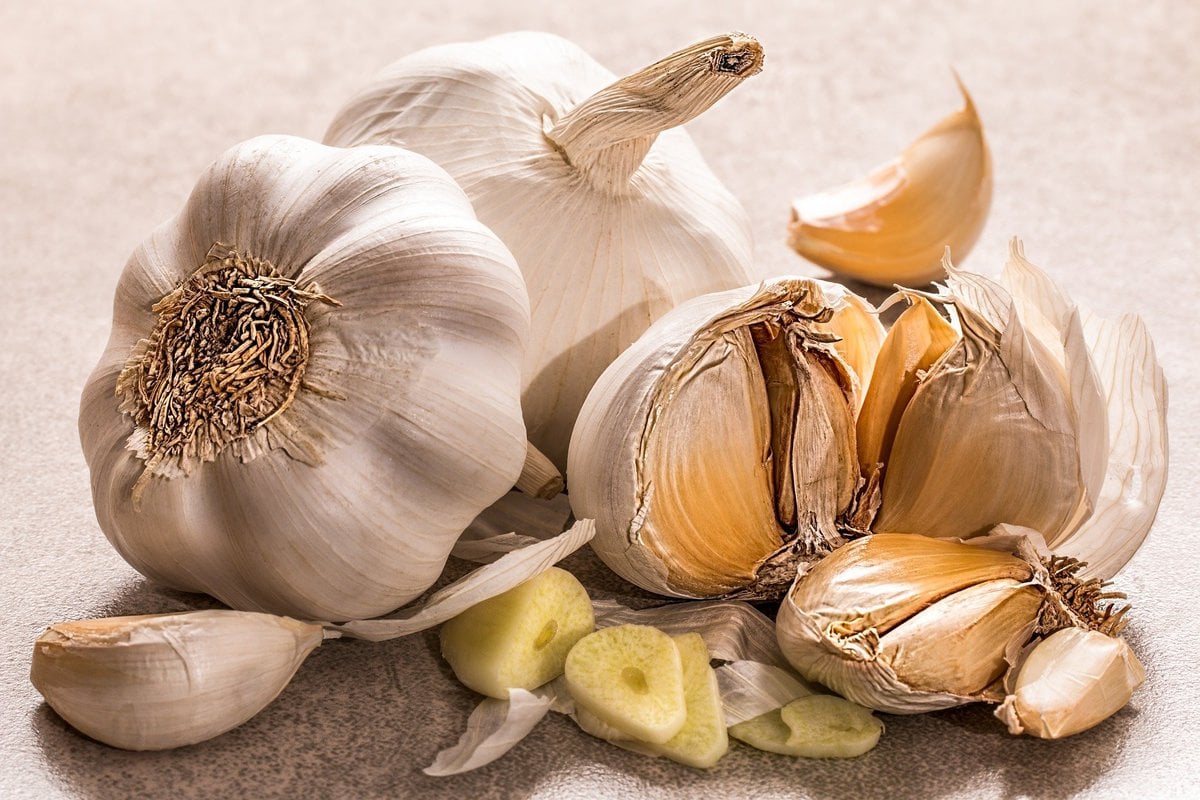
Here are a few essentials to keep at the ready when making Jamaican dishes.
Canned Coconut Milk
In Europe, traditional cuisines prefer to use cream for their cooking, Jamaicans are big fans of using canned coconut milk in their recipes. While homemade coconut milk is often recommended for Jamaican cooking, sometimes working smarter not harder is key! Canned coconut milk is a staple for any Jamaican kitchen and is often used in rice and pea dishes, coco bread, and porridge.
Condensed Milk
Condensed milk is a thick, syrup-like milk derivative that is rich, full of flavour, and sweet. In Jamaica, traditional coffee and warm beverages are often sweetened with condensed milk rather than sugar or traditional coffee creamer. Even though it comes in a can, condensed milk is a perishable item so once it is opened be sure to store it covered and in the refrigerator.
Traditional Jamaican dishes that use condensed milk include Jamaican chocolate tea, pudding, and tropical shakes and smoothies. Chocolate tea is one of my favorite traditional Jamaican dishes from my childhood. Chocolate tea is our take on North American hot chocolate and is made from Jamaican cocoa balls, spices, boiling water, and condensed milk. Yum!
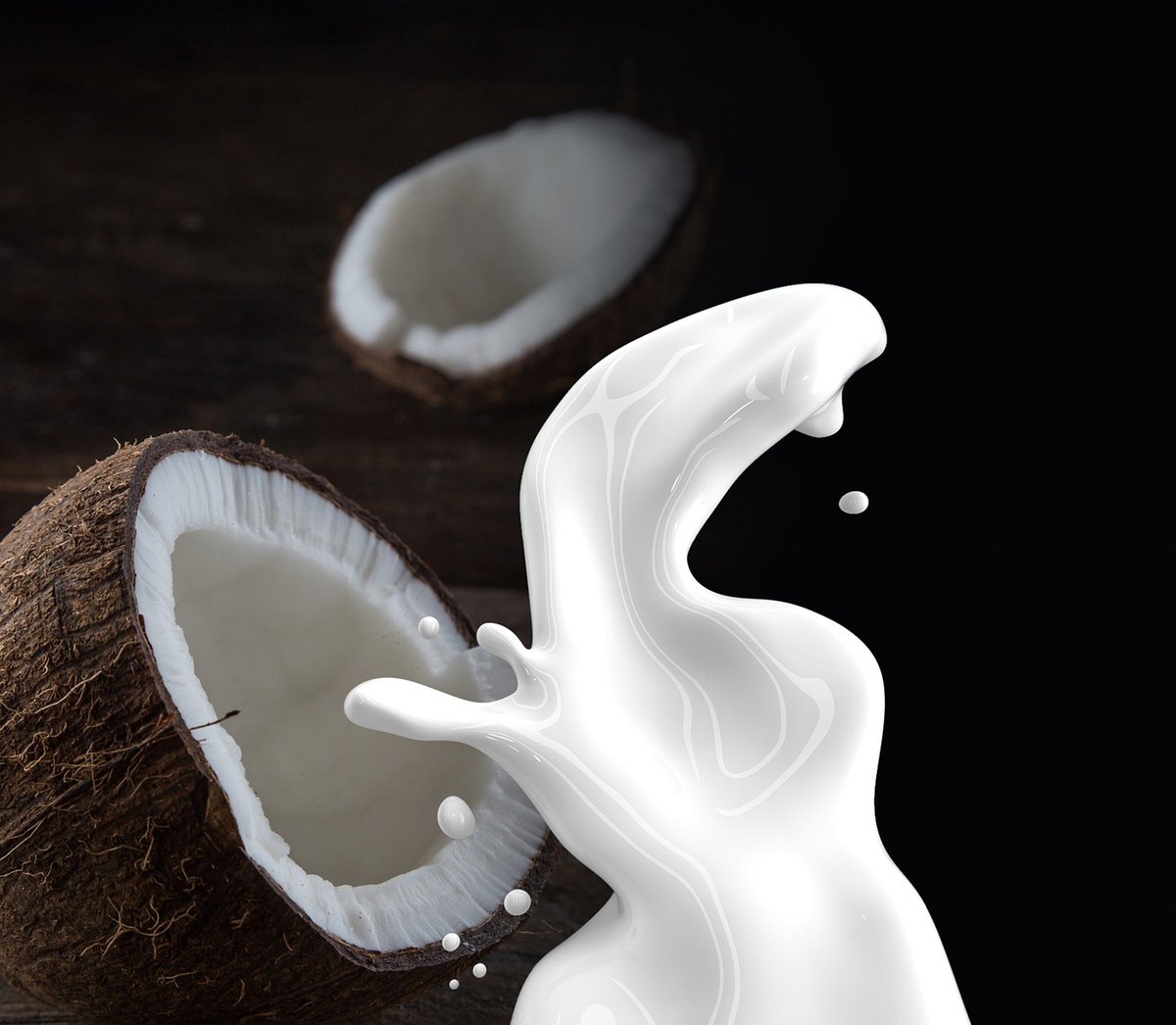
Assorted Canned Fish
In Jamaica, canned fish has long been considered part of the traditional cuisine, even with a plethora of fresh seafood available. While canned fish is still popular with more well-off persons in Jamaica, traditionally canned fish was most commonly found in pantries as an affordable alternative to fresh seafood or meat.
Canned fish can be used in easy snack-style meals like sardines on toast or crackers, and is also found in more traditional meals. Jamaicans love to use canned fish for one-pot meals like seasoned rice or a meal called “run-down”. Run-down is a spicy fish and veggies stew made with coconut milk and most often canned mackerel. It’s super delicious and can truly be a dish for any meal (yes, even breakfast!)
Saltfish
Saltfish is another incredibly popular staple in any Jamaican kitchen - in fact, it is even a key ingredient in our national dish: ackee and saltfish! Saltfish is a preserved fish that is sold at most fish markets throughout Jamaica.
These small one-pound fillets are soaked in cold water then boiled and salted. Saltfish is super versatile and can be used as flakes in fritters or steamed into a hash of onions, tomatoes, and canned ackee - the traditional saltfish and ackee breakfast staple in Jamaica.
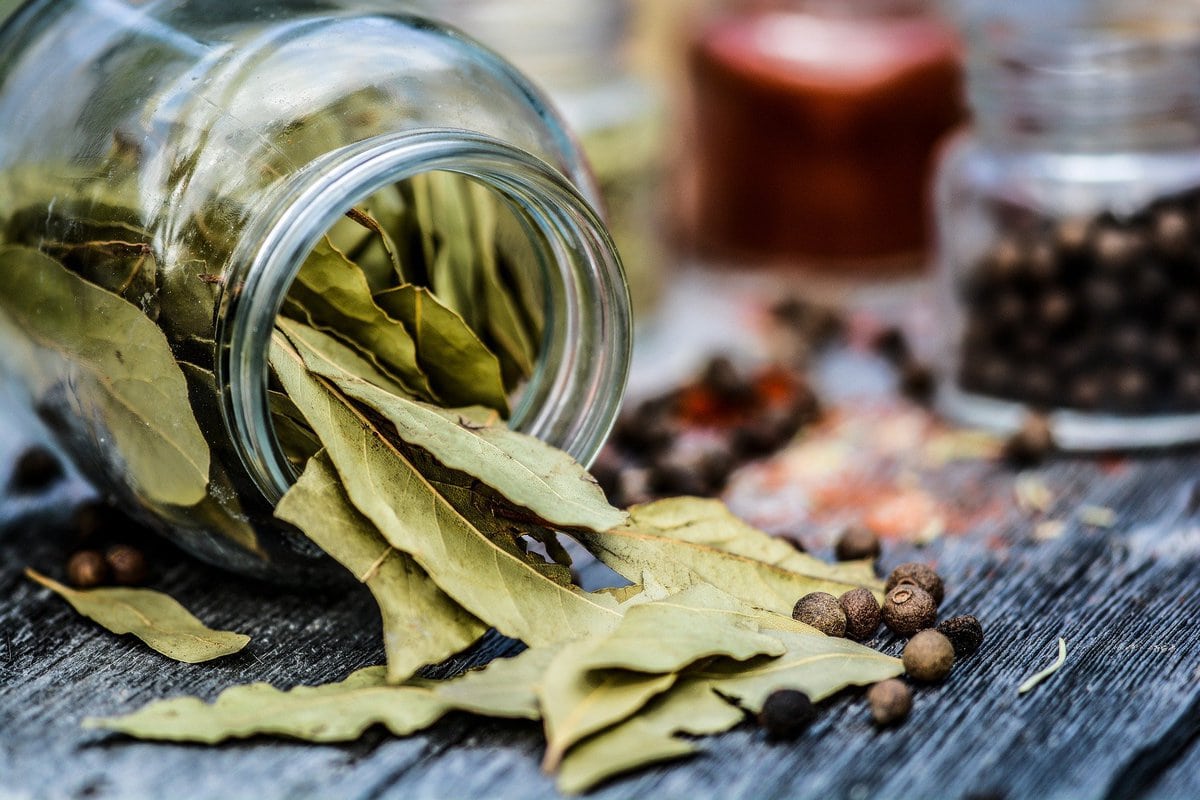
Canned Ackee
As we mentioned above, ackee is most recognized for its part in the national Jamaican dish - saltfish and ackee. However, ackee also has other important roles to play in a Jamaican kitchen. Ackee is most commonly used as a filler and flavour additive for rice dishes, coco bread, Jamaican patties, and even as a spread for your toast. The flavour of ackee is rich, slightly nutty and the texture is very similar to an avocado.
A fun fact about ackee, in its original state it is actually extremely toxic. Ackee is found hidden inside green pods with a leather-like texture that grows high above the ground in tropic climates like the Caribbean and even southern Florida. As the pods turn from green to red, they begin to unclench and reveal little fleshy fingers of ackee.
Once the pods open, the toxic molecules in the ackee are exposed to air and the toxicity is dramatically reduced. Ackee can be cooked fresh from the pods (once they have opened), frozen for later use, or canned for longer periods of use. In most Jamaican kitchens, canned ackee is the go-to.
Rice
As in many Caribbean countries, rice is an absolute staple in any Jamaican kitchen with different varieties of rich serving different purposes.
For Jamaicans pairing your rice with your meal is as complicated as making a wine pairing - different types of meats and vegetables go best with different types of rice. Here are my recommendations for the best rice for a plethora of traditional Jamaican dishes.
- Yellow rice: best used for fish dishes or as the base for traditional seasoned rice
- Jasmine rice: best for rice and pea dishes or with seafood-heavy dishes
- Traditional brown or white rice: best served with meat dishes such as chicken, goat, curried dishes, or the Jamaican dinner-time staple cow foot.
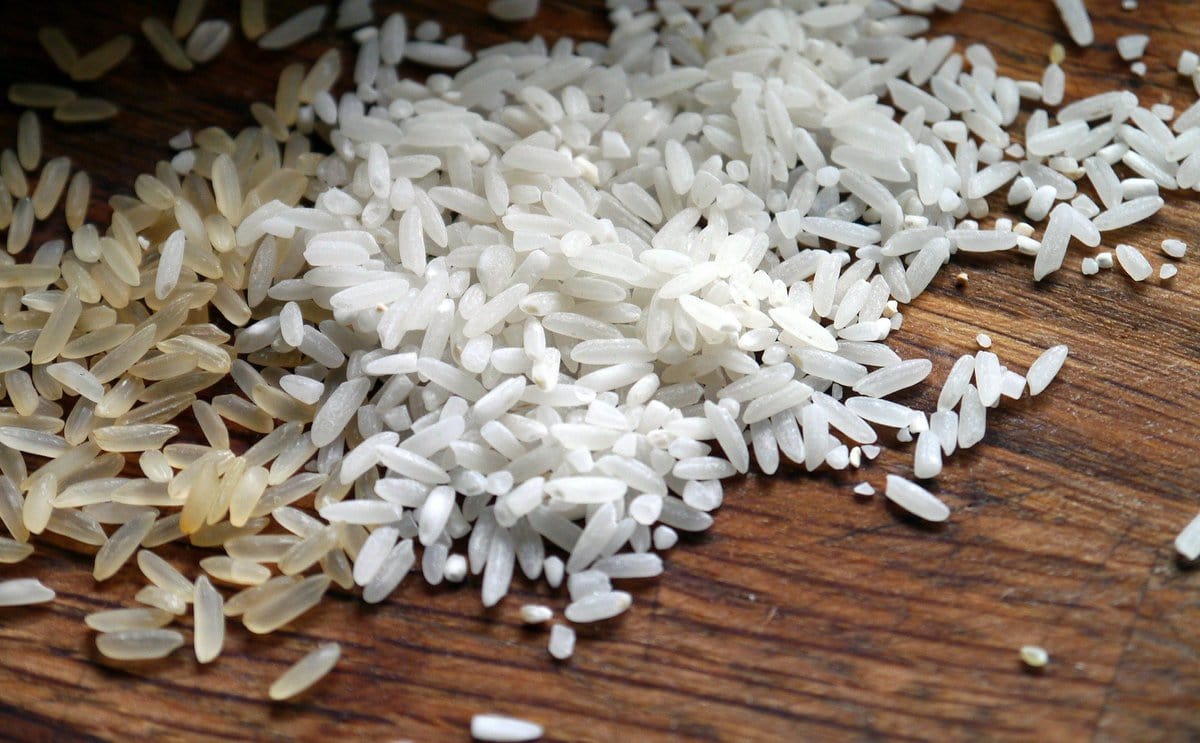
Jerk Sauce
Jerk chicken is often considered to be the Jamaican dish that has garnered the most attention worldwide. Jerk sauce is made from a combination of traditional Jamaican spices and is a spicy, woody-type flavour.
Some of the primary ingredients in jerk sauce include Scotch bonnet peppers, salt & pepper, scallions, pimento, thyme, vinegar, garlic, and other spices. Jerk seasonings have become extremely popular and come in a variety of different forms - from dry rubs to sauces and spreadable pastes. Most often, jerk sauce is used as marinades or a pan glaze for chicken dishes.
Scotch Bonnet Peppers
Say what you want about Jamaican food, but one thing is for certain: we like our food flavorful and spicy! Scotch bonnet peppers are a staple in a Jamaican pantry mostly for their powerful kick and starring role in jerk sauce. This waxy-skinned pepper comes in a variety of colors and is super hot - think 20x hotter than a jalapeños kinda hot.
Scotch bonnet peppers are best used sparingly. Scotch bonnet pepper is a staple in jerk sauce, escovitch, rice and peas, and Jamaican patties. Scotch bonnet peppers can be difficult to find outside of Jamaica but a comparable substitute would be dried ghost chilies. Just make sure to handle it with care - these things are hot hot hot!
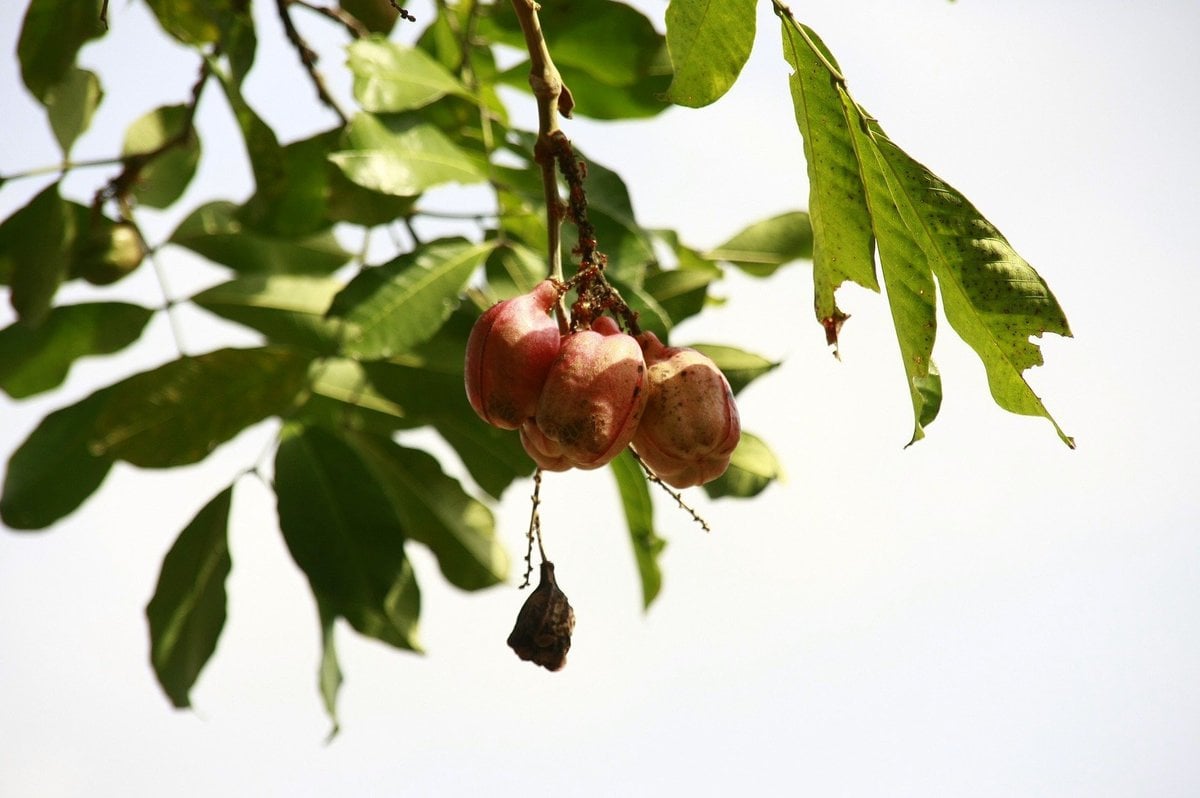
Pimento (Jamaican AllSpice)
Pimento is made from the dried fruit of the Jamaican bayberry plant and is one of the primary Jamaican spices. Pimento, sometimes called Jamaican all-spice, is used in traditional Easter spiced buns, jerk chicken sauce, and as a staple ingredient in rice dishes and stews.
Pimento is even used in traditional drinks such as Jamaican Christmas sorrel which is a lovely cocktail or rum, wine, ginger, and red sorrel flowers. Pimento has a taste similar to nutmeg and cloves.
Cayenne Pepper
Cayenne pepper is an absolute must-have in my kitchen. In Jamaica we use cayenne pepper in a similar way to how we use black pepper in North America. Cayenne pepper gives dishes a more understated type of spice. In traditional Jamaican cooking, cayenne pepper is used as a base seasoning as well as a finishing touch.

Now that you have a fully stocked Jamaican pantry, here are some of my favourite recipes for that at-home traditional Jamaican taste:
Vegan Jamaican Irish Moss (Sea Moss) Drink
Vegan Rum Raisin Bread (Jamaican-Inspired)
Best Homemade Jamaican Jerk Chicken Pizza
Creamy Jamaican Cornmeal Porridge
Creamy Jamaican-Inspired Vegan Carrot Juice
Spicy Vegan Jamaican Stew Peas
Oven-Baked Jamaican Jerk Chicken Salad
Spicy One-Pot Jerk Chicken and Dumplings
What are some of your favourite traditional Jamaican dishes? Let me know in the comments, I’d love to know!
10 Ingredients to Keep Handy When Making Jamaican Dishes.








LOVE THIS RECIPE?
LET US KNOW!